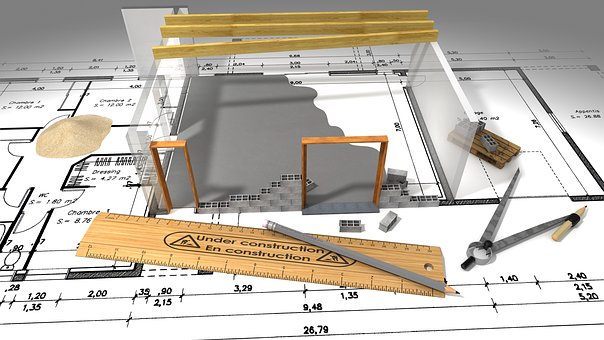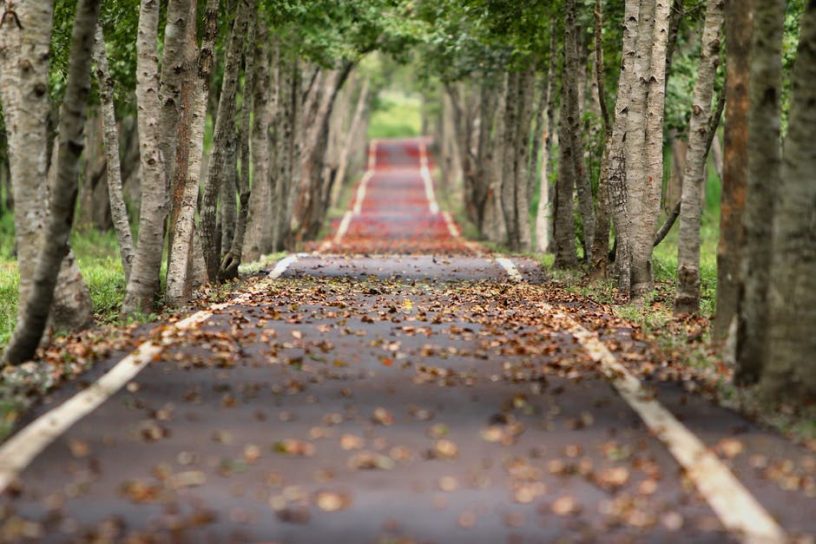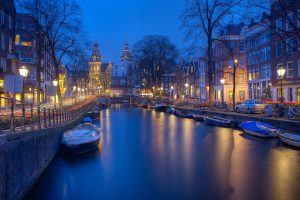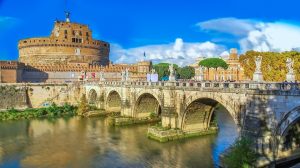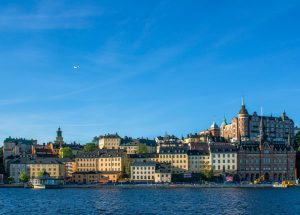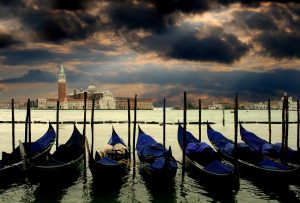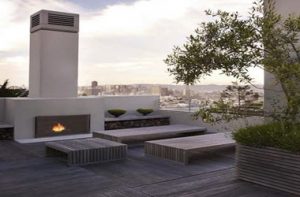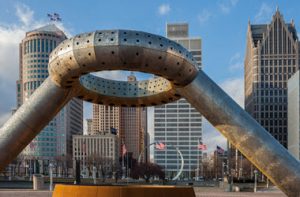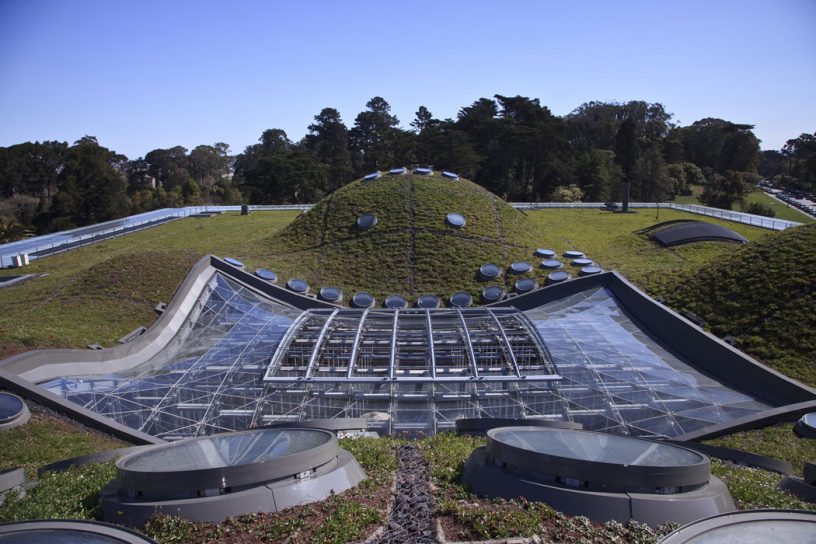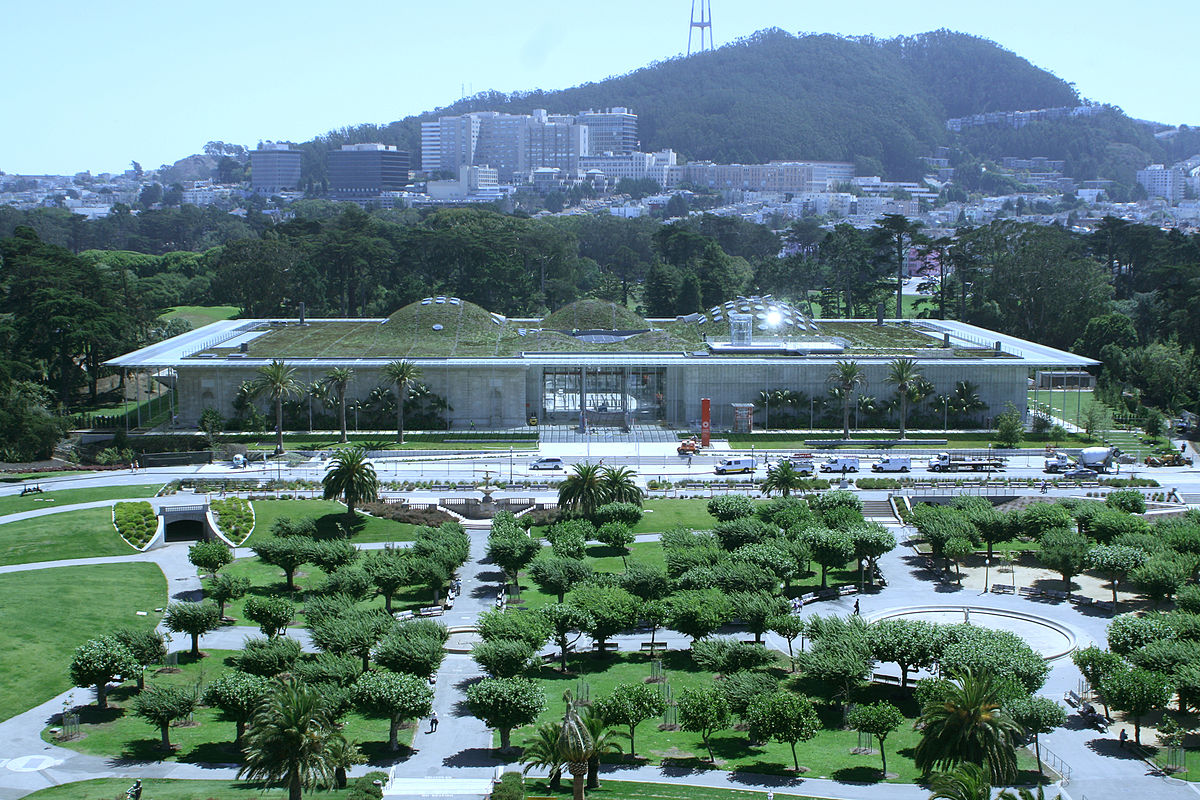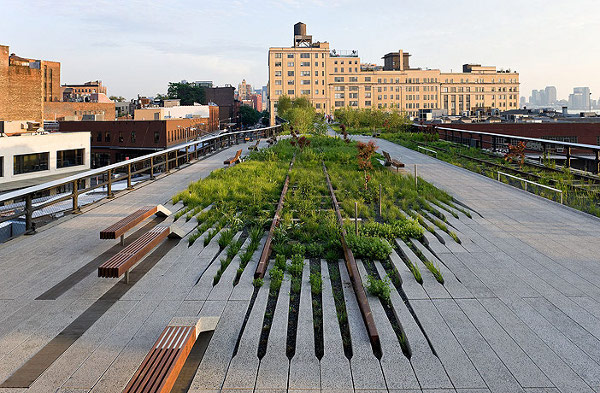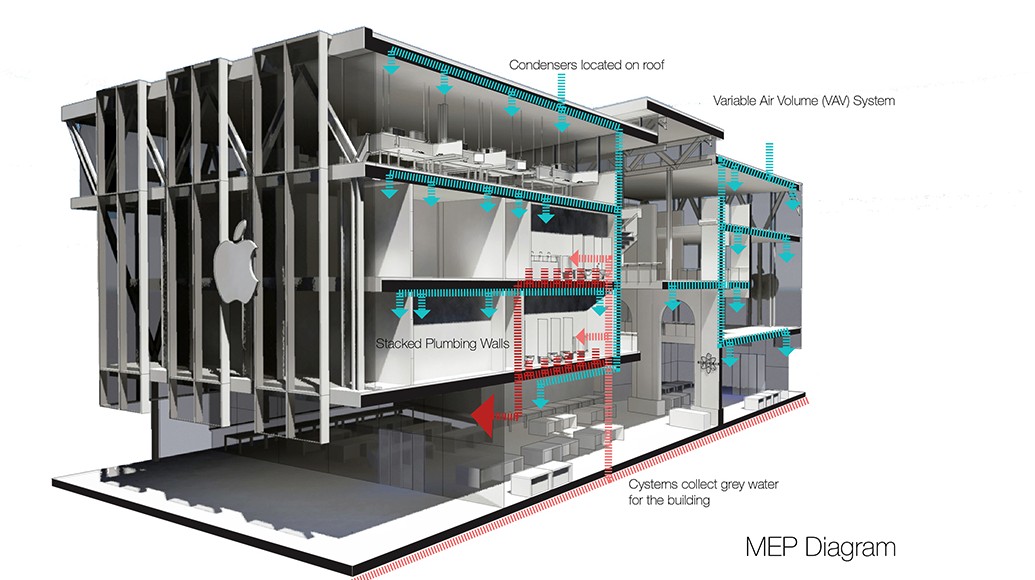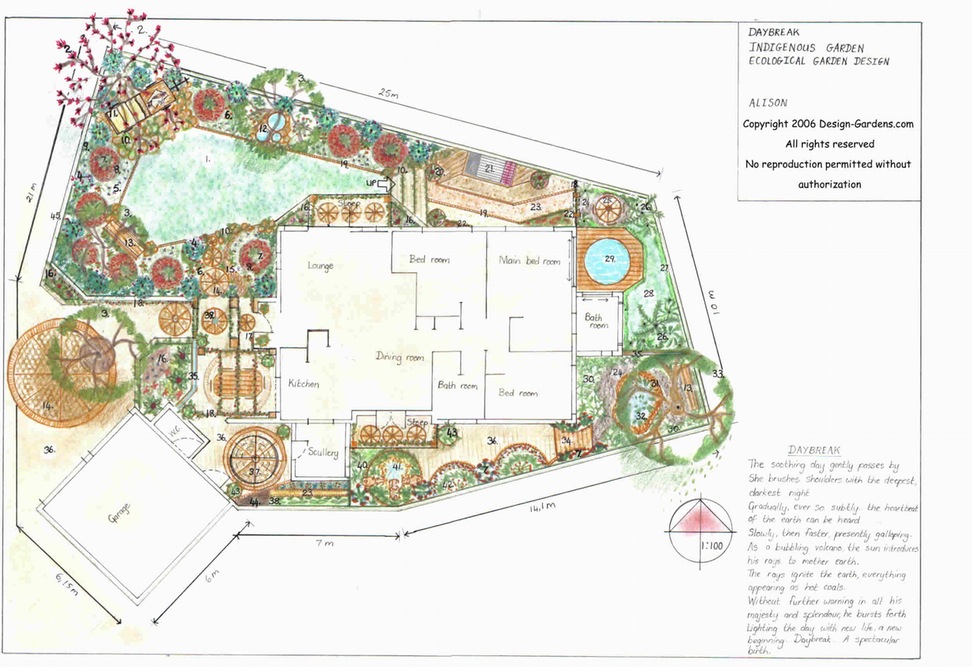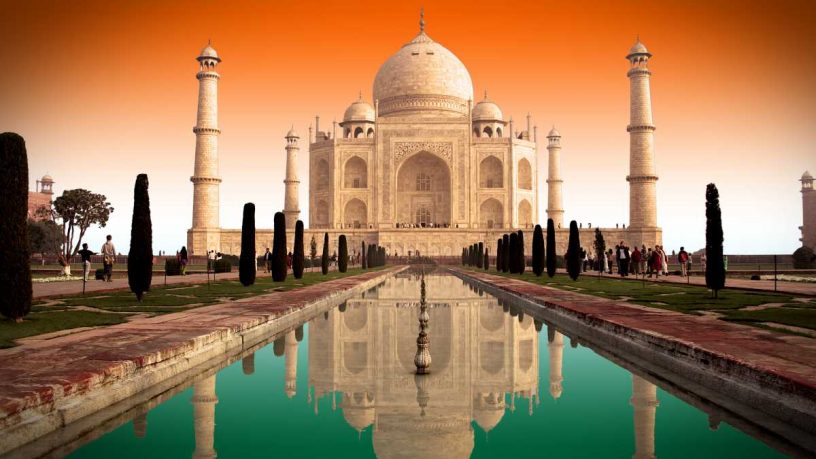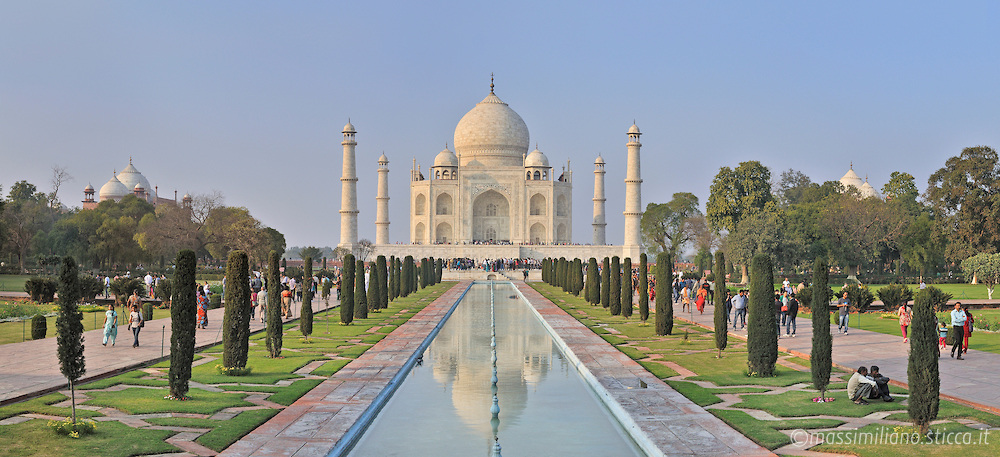
- Cheonggyecheon River Project – Seoul, South Korea
We need only a few words to say about the ChonGae Canal Redevelopment Project of Seoul, the capital of South Korea: It may be the best-restored river of the whole world. Before becoming a public gathering place for people in Seoul, the Cheonggyecheon River was highly polluted, covered wastewater and surrounded by elevated infrastructure dividing the city.
- Kontum Indochine Café – Kontum, Vietnam
Another bamboo project? Yes, but it is certainly one of the most beautiful ones. This architectural bamboo masterpiece is one part of a hotel café which desired to offer an outstanding dining experience. Indochine Café’s exceptional form of the bamboo columns was inspired by the traditional fishing baskets of Vietnamese.
The bamboo ceiling’s loose structure not only provides shade but also helps in maximizing the wind flow through the building. However, it resists some severe storms during the windy season due to the special characteristics. There is a shallow artificial lake sitting right next to the café, that reinforces the natural open space concept which has been established. The combination of bamboo, light, and water has resulted in an amazing creation, which is not to be missed on your next trip to Vietnam.
- Warde – Jerusalem, Israel
It is unclear to assign Israel to a continent. However, it geographically belongs to Asia and adds many wonderful landscape architecture projects to this continent. The art installation Warde, which offers a playful and interactive environment, is one typical example. Warde’s eye-catching red flowers have invited people not only to engage with them but also to notice a site which was previously neglected. The beautiful flowers open and close in reaction to people passing by them or whenever a tram arrives. These flowers provide shade at day and light at night by this inflation and deflation mechanism.

